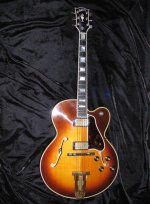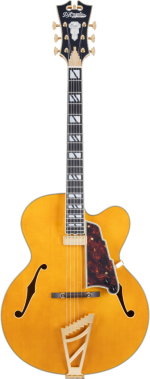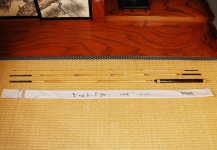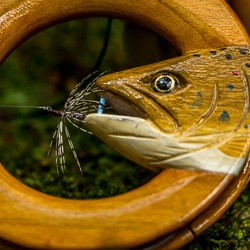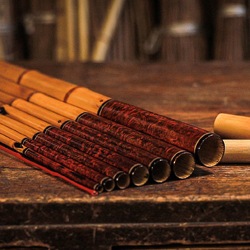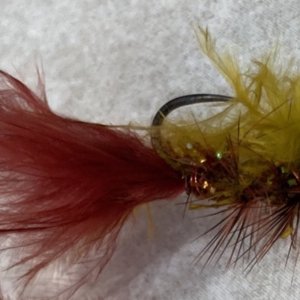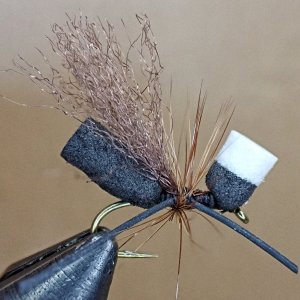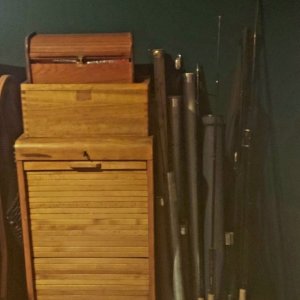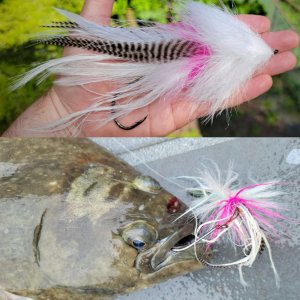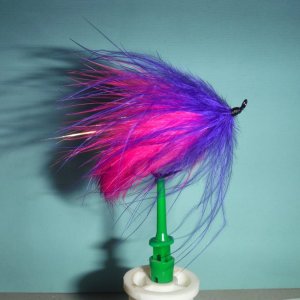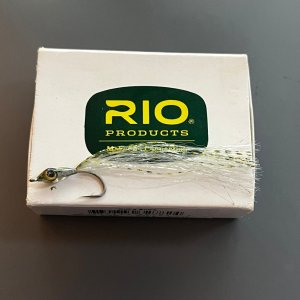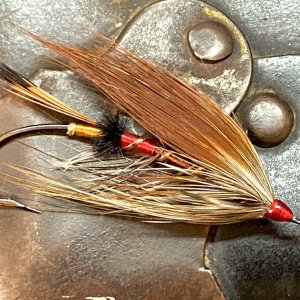NFR, but maybe we need a "cool shit" forum for stuff like this. At the very least this seems like a must watch for anyone that appreciates commitment to excellence in "craftsmanship". A term that falls far short of the true discipline, ingenuity, and science that goes into making a traditional Japanese sword.
The YouTube channel Veritasium (cool science shit) was allowed rare access to the process from smelting the iron to testing a finished sword (after annoying commercial):
The YouTube channel Veritasium (cool science shit) was allowed rare access to the process from smelting the iron to testing a finished sword (after annoying commercial):

